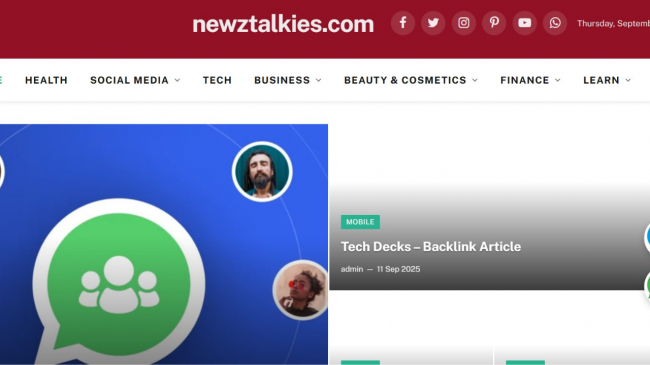Artificial intelligence systems are becoming increasingly embedded in both technical and everyday workflows, raising new questions around design transparency, governance, and use-case adaptability. Among current platforms, Claude by Anthropic serves as a model worth examining, not for its promotional claims, but for how it integrates research, access controls, and behavioral constraints into a single AI framework. This article outlines the structure and functionality of the Claude ecosystem, focusing on its model architecture, developer tools, applied use cases, research initiatives, and the organizational principles guiding its deployment.
Claude AI Models and Their Core Use
Anthropic’s Claude family includes multiple models tailored for different use cases:
- Claude 3.7 Sonnet: A model focused on complex reasoning and extended tasks.
- Claude 3.5 Haiku: Built for speed and responsive use cases.
- Claude 3 Opus: Supports more intensive workloads and layered interactions.
These models are accessible through Anthropic’s web and mobile platforms, with additional integration options for enterprise and team-based environments.
AI Behavior and Claude’s "Character"
Beyond technical output, Anthropic invests in shaping Claude’s conversational behavior. The model is trained to reflect characteristics such as restraint, curiosity, and thoughtfulness. This design decision supports the goal of aligning AI responses with broader social expectations while avoiding overconfident or misleading outputs.
Developer Integration via Claude API
Developers can access Claude’s capabilities through a flexible API platform, which includes:
- API overview and setup guides
- Developer documentation for prompt engineering
- Pricing tiers based on usage
- Console access for deployment and monitoring
This infrastructure allows for integration across a range of applications—from internal tools to customer-facing solutions.
Application Areas: Agents, Coding, and Support
Claude supports practical functions through structured solution categories:
- AI Agents: Can perform structured tasks, collaborate across systems, and adapt to workflows.
- Coding Support: Assists with code generation, debugging, and documentation.
- Customer Interaction: Offers help desk-like functions with human-style communication outputs.
These solution tracks make Claude adaptable across business and technical scenarios, without rigid implementation demands.
Research Focus: AI Understanding and Economic Impact
Anthropic’s research group explores two core areas:
- Interpretability: Studying the inner workings of large language models to increase transparency and controllability.
- Economic Index: A framework that tracks how AI impacts labor productivity and employment across different job categories.
These efforts reflect an ongoing attempt to quantify and manage the broader implications of AI development.
Policy Framework and Safety Commitments
Anthropic maintains published commitments regarding how it builds and deploys AI:
- Transparency practices around model use and updates
- Responsible scaling policies to manage rollout risks
- Security compliance, including ISO 42001 certification
Such frameworks provide clarity on how Claude is monitored and governed in sensitive use cases.
Learning and Resource Access
For those exploring how Claude is built or used, Anthropic provides:
- Anthropic Academy: Knowledge and training hub
- Engineering at Anthropic: Insights into technical architecture
- Customer Stories: Documented examples of Claude in use
This content is intended to provide context and support for both researchers and operational teams.
Summary
Claude represents an approach to AI development that combines accessibility with layered design considerations around behavior, governance, and real-world utility. Rather than offering a one-size-fits-all model, Anthropic delivers a modular framework that organizations and developers can adapt based on their specific requirements. While commercial applications are supported, the platform also reflects a broader commitment to AI transparency, risk mitigation, and economic impact tracking.




